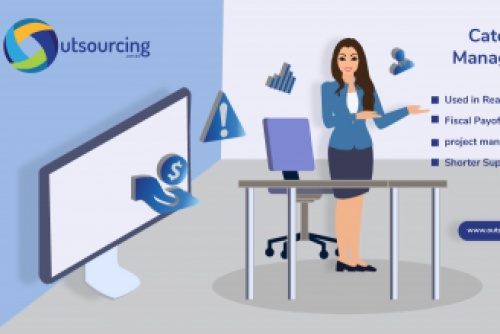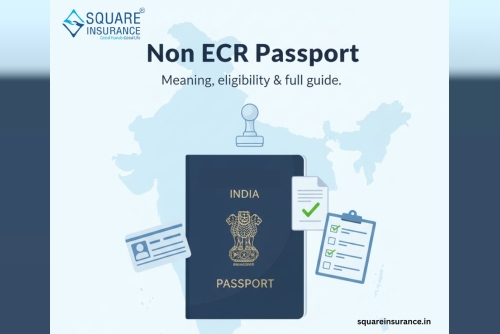Does Your Business Really Need Category Management Procurement
The category management process is a strategic approach to procurement in which businesses divide their spending into categories with similar or related products, allowing for greater efficiency and consolidation.
A Category Management strategy can refer to the separation of direct and indirect products or services, as well as the division of products or services based on value, supplier, type, or volume.
Did You Know? The category management process is jointly owned by the retailer and the vendor.
FOCUS POINTS:
1.Category Management Procurement experts focus their time and do market research in order to fully leverage their agreements and manage their vendors in accordance with the company's goals.
2.Category planning aids in the organization of procurement resources and adds to economies of scale and improved supplier relationships.
3.To build a category management strategy, category planning provides a greater understanding of the industry, goods, suppliers, and supply chain.
Project Procurement VS Category Management
CATEGORY MANAGEMENT
1.Used to simplify a product's demand and bring a larger contract to market
2.When used appropriately in strategic procurement, it lowers unit pricing for customers.
3.Purchase administration is centralized, which reduces confusion with suppliers and streamlines compliance activities.
4.Long-term value development with suppliers and stakeholders is a priority in category management.
5.Category planning enhances insights and knowledge for specific categories to help establish a competitive advantage.
PROJECT PROCUREMENT
1.Frequently used in reactive procurement.
2. Short-term victories with fiscal payoffs for stockholders are the focus.
3. Project management skills are essential for a project procurement manager and team, but they can also be used as a crash course on the procurement lifecycle.
4. Supplier agreements and collaborations that are shorter in duration, focusing on leveraging competencies and cost reductions in the near term, or saving time through an expedited tender.
5. Your procurement organization can acquire more effectively in ad-hoc scenarios if you develop a sound project procurement approach.
Let’s Evaluate How Category Management Procurement Impacts Your Business
Check out the upsides of having a proper category management process in place:
1.Cost-cutting possibilities: The expert application of the category management process leads to significant cost-cutting opportunities.
2.Better risk management for vendors: Category management procurement aids in gaining a thorough understanding of each customer in order to provide better food and services.
3.Business approach that is more streamlined: Any organization can achieve strategic goals with the support of certain tailored category management processes, goals, and tactics.
4.Data on spending is centralized: Tracking, charting, and reporting are all made easier with centralized data.
Now consider the challenges that come with category management procurement:
1.Give customers a compelling reason to choose your service above others.
2.Convince retailers why they would need your product through creative curating.
3.Make oneself indispensable, according to a rebalanced perspective.
4.Taking a step outside of the category: examine the full store.
5.Give customers consistency and clarity by going omnichannel.
6.Making it simple for businesses to implement in-store.
Final Words
Shorter supplier lead times and faster PO processing can be found in organizations that use category management strategy as part of strategic sourcing and procurement operations. This is true for the best, middle, and worst performers. The causes for these discrepancies could be related to an organization's professionalism in identifying and evaluating suppliers within a specific category planning, as well as its cooperative partnerships with those vendors. Contact us today to avoid the challenges mentioned above and we will help you achieve your goal.












